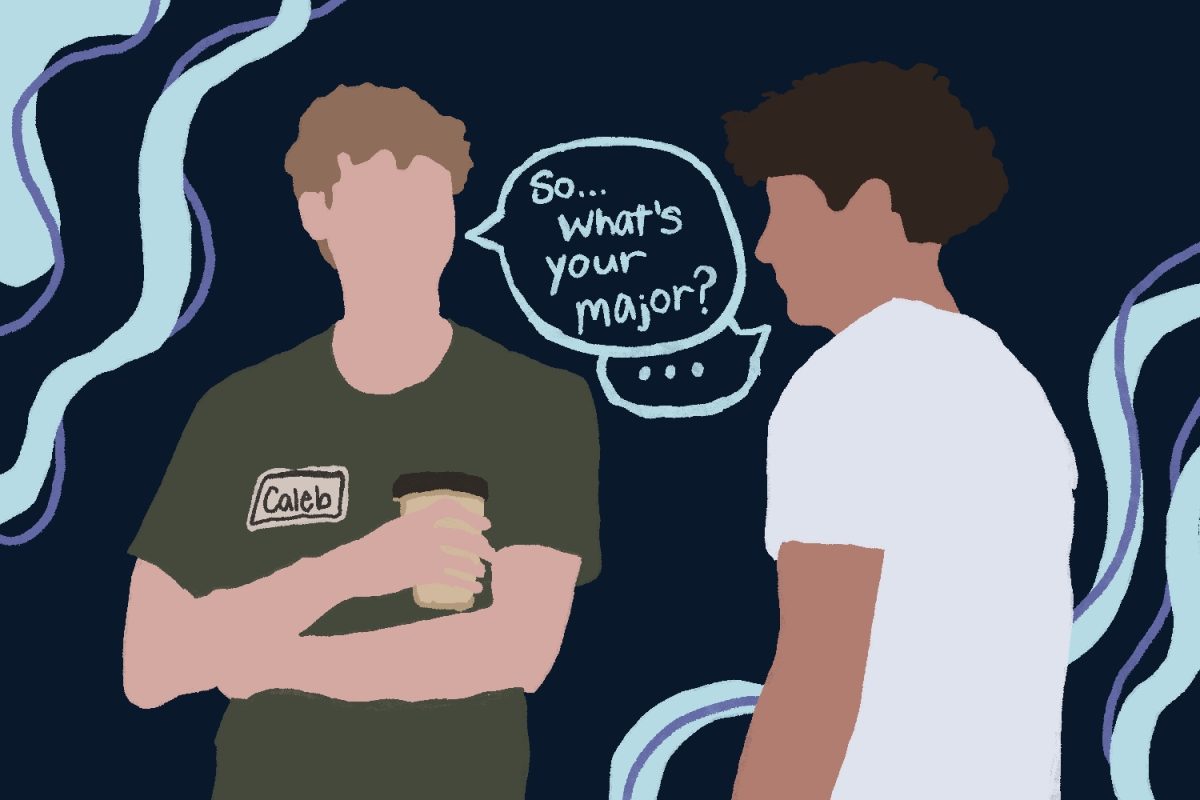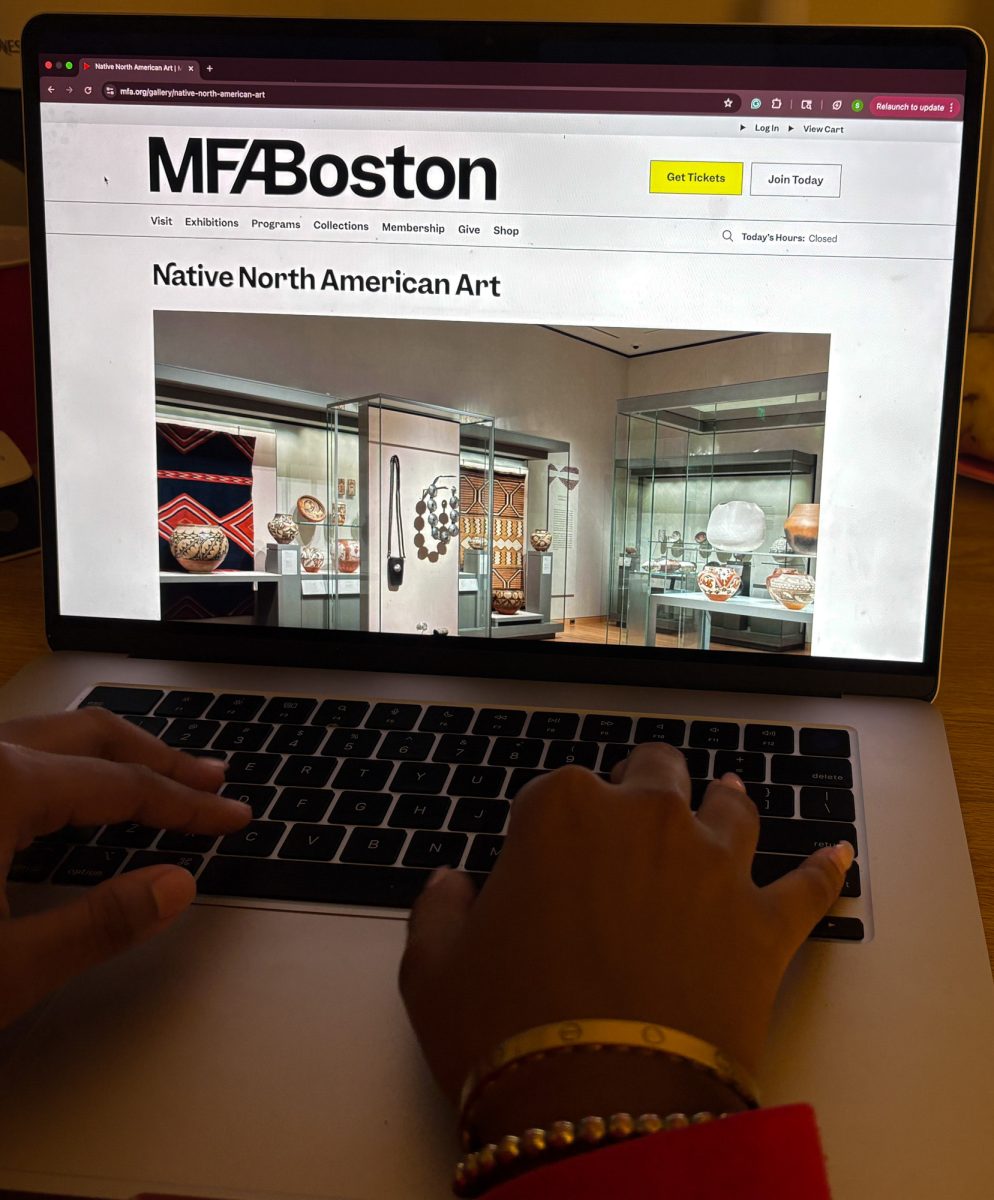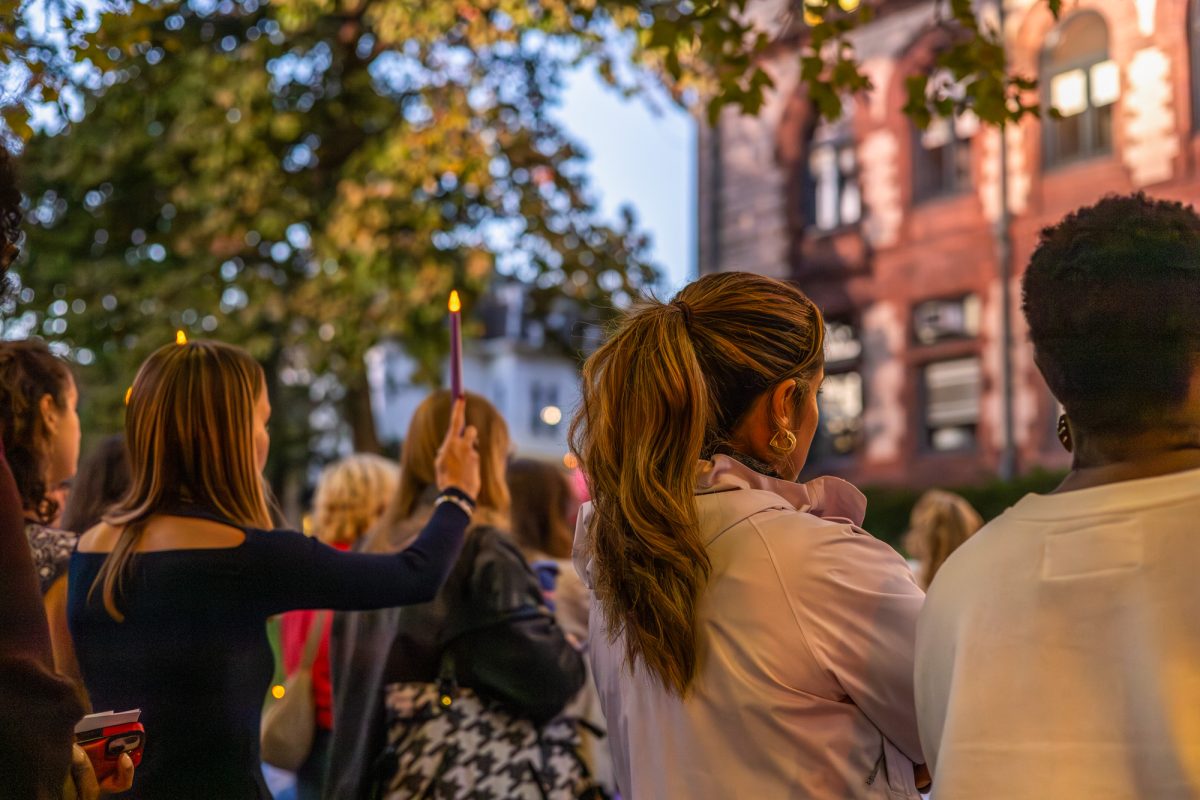Original copies of United States intelligence documents, some of which have not been readily available to the public for nearly half a century, were on display for examination by Boston University students on Wednesday night.
About 30 students attended the "Covert Ops and Spies" seminar, part of the Howard Gotlieb Archival Research Center student discovery seminar series, to inspect the original documents and photos pertaining to the history of the U.S. intelligence programs.
HGARC Director Vita Paladino said she was excited to be able to bring such significant documents to BU students.
"It's important to take a step into the world of covert ops because a lot of the same things that were happening around the time these documents were written are still relevant," she said.
In addition to the document exhibit, international relations professor John Wippl gave a talk about the documents' history.
Wippl, who served in the Central Intelligence Agency for 35 years, said some of the documents date back to World War II, and originate from the first incarnation the Office of Strategic Services.
"The intelligence collection is a constant in a country's archives of its foreign affairs," he said.
He stressed the significance of the intelligence programs in the history of the U.S.
"One of the only similarities between the Bush and Obama administrations is that they both start each morning with the president's CIA daily brief," Wippl said.
Some of the documents on display covered information pertaining to U.S. intelligence agents who defected during the Cold War, including Nicholas George Shardin.
The documents explained in detail how Shardin defected to the U.S. from the Balkans in 1959, and served as an intelligence agent until 1975 when he was assigned to double agency in the KGB and never heard from again.
College of Arts and Sciences sophomore Tim Pierce said he was impressed with the quality of the documents on display.
"It's amazing that BU was able to get all of these documents," he said.
Ryan Hendrickson, assistant director of manuscripts at the research center, spoke on how unique the information revealed in the documents was.
"We have documents on Ryan Burke, an agent who was sent to Italy to extract an Italian scientist who had been building a new kind of flying weapon during World War II," he said.
CAS junior Brian Tate said he couldn't believe the information that was divulged in the documents and photos on display.
"It's interesting to see such important and secret artifacts from our history," Tate said.
Some of the documents pertained to both the history of U.S. intelligence and the history of BU.
The BU Optical Research Center, which was located where the law building stands, developed camera technology for the United States government that allowed photos to be taken from high altitude flying devices, according to displayed documents.
Some of these photos, including some high altitude shots of BU, were on display at the seminar.
College of Communication junior Philip Moniz was particularly interested with some of the photos taken by BU ORC's reconnaissance camera.
"The reconnaissance pictures of Commonwealth Avenue taken from high altitudes were interesting," he said.
College of Fine Arts sophomore Teddy Bardon noticed the technology that some of the documents and photos displayed were ahead of the times.
"The photos are amazing. I can't believe that technology like that existed 50 years ago," Bardon said.
<em>An earlier version of this article incorrectly stated the name of the Office of Strategic Services.</em>
Students browse displays with CIA documents
By Daily Free Press Admin
•
September 16, 2010
0
Donate to The Daily Free Press
Your donation will support the student journalists of Boston University. Your contribution will allow us to purchase equipment and cover our annual website hosting costs.
More to Discover


















































































































